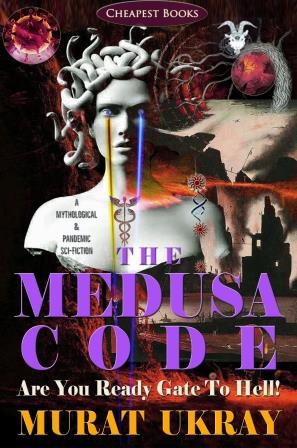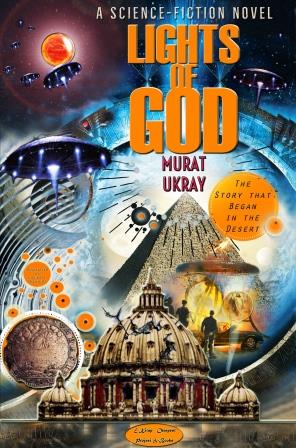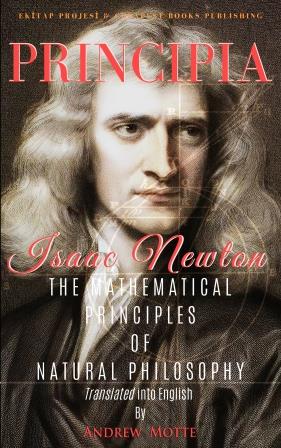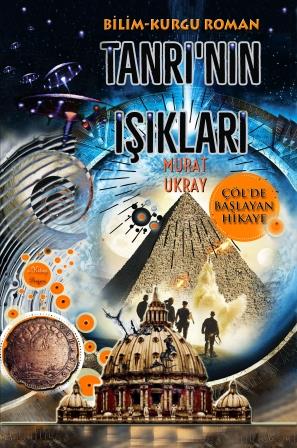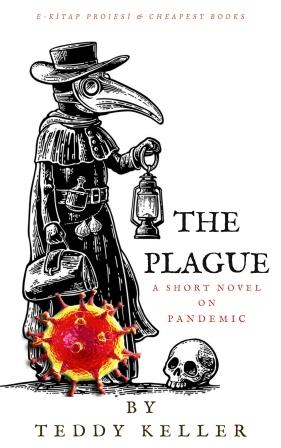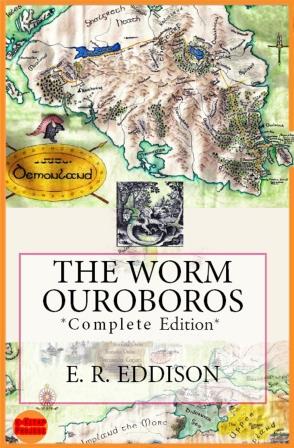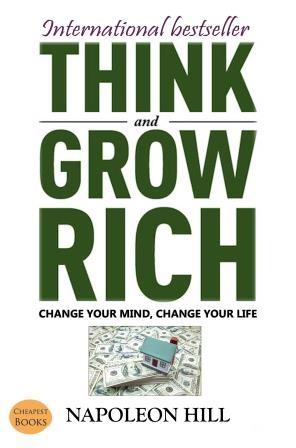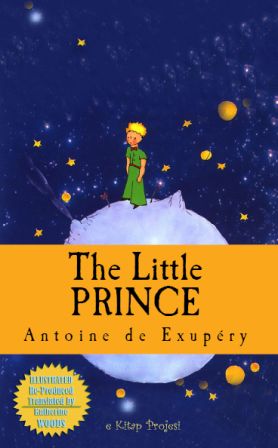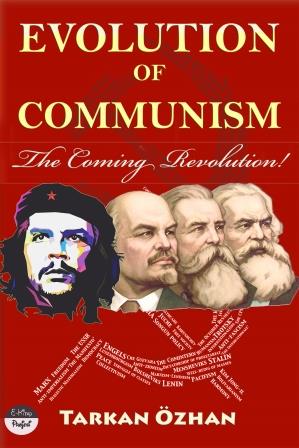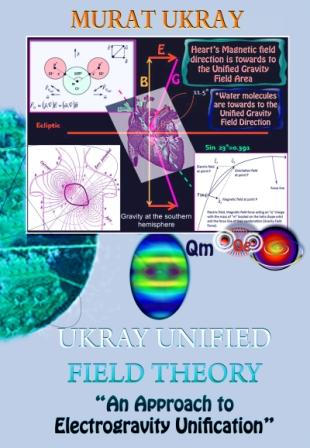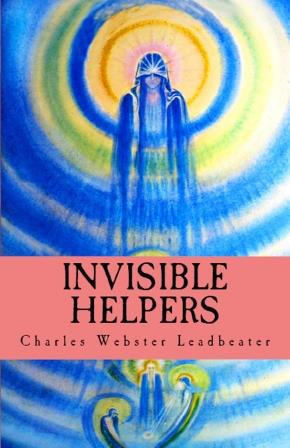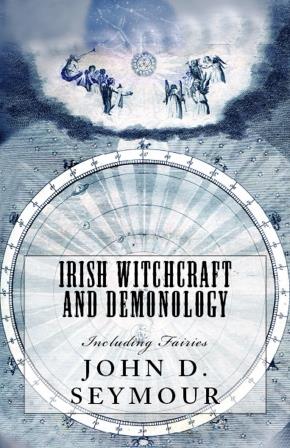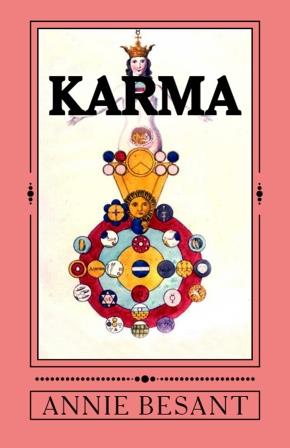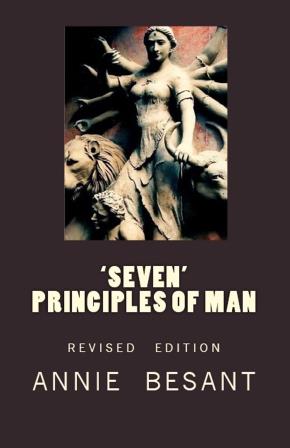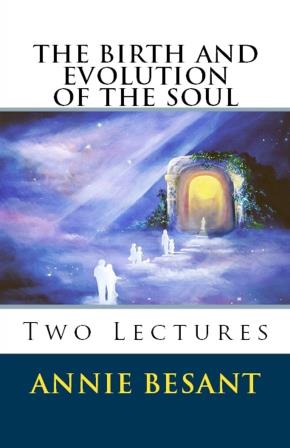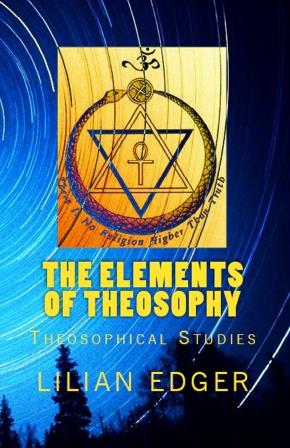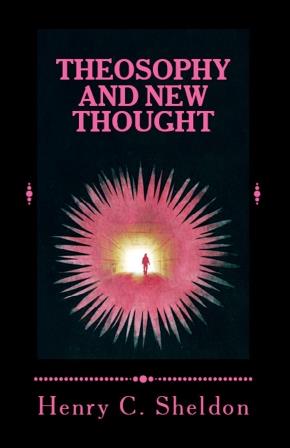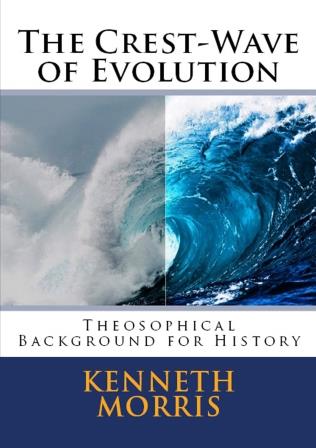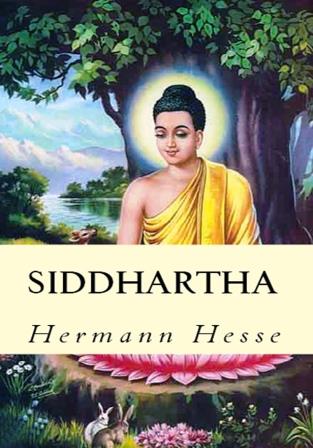More Search Results...
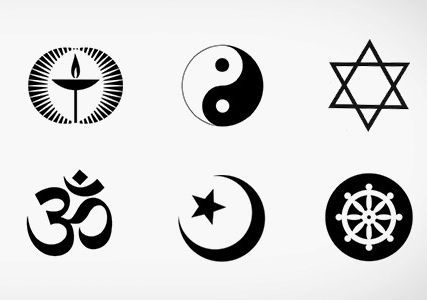
Invisible Helpers
The Theosophical teaching, that a man can be thus specially helped only when his past actions have been such as to deserve this assistance, and that even then the help will be given through those who are comparatively near his own level, is free from this serious objection ; and it furthermore brings back to us the older and far grander conception of an unbroken ladder of living beings extending down from the Logos Himself to the very dust beneath our feet.
More info →Irish Witchcraft and Demonology
It is said, though we cannot vouch for the accuracy of the statement, that in a certain book on the natural history of Ireland there occurs a remarkable and oft-quoted chapter on Snakes — the said chapter consisting of the words, "There are no snakes in Ireland."
More info →Karma
No more graphic picture of the essential nature of Karma has ever been given than in these words, taken from one of the early letters of Master K. H. If these are clearly understood, with all their implications, the perplexities which surround the subject will for the most part disappear, and the main principle underlying karmic action will be grasped.
More info →Seven Principles of Man
Man, according to the Theosophical teaching, is a sevenfold being, or, in the usual phrase, has a septenary constitution. Putting it in yet another way, man's nature has seven aspects, may be studied from seven different points of view, is composed of Seven Principles. Whatever words may be used, the fact remains the same — that he is essentially sevenfold, an evolving being, part of whose nature has already been manifested, part remaining latent at present, so far as the vast majority of humankind are concerned.
More info →The Birth and Evolution of the Soul
THESE two lectures might better perhaps be described as one lecture in two parts, for I am really going to try and give you in the two a connected tracing of the progress of the soul. There is so much confusion in thought as to the origin of the individual, as to what the individual really means, as to how he is developed, and what is to be his ultimate destiny, that I thought I could take no better subject for a Lodge, which ought to be a Lodge of students, than to trace out somewhat in detail this most important matter in the light of Theosophy.
More info →The Deeper Mysteries
IN submitting this third volume of the series begun with "Special Teachings from the Arcane Science," the author is aware that the times are not yet ready for much of its contents.
More info →The Elements of Theosophy
In 1878 an attempt was made to amalgamate it with an Indian Society that was believed — mistakenly, as was afterwards proved — to be working on similar lines. When the mistake was discovered, the attempt was, of course, abandoned; but it led indirectly to the removal of the founders to India, a step they had long wished to take, and to the remodelling of the objects of the Society. From this time its activity greatly increased, its membership was rapidly enlarged, and Branches were soon formed in various parts; until, at the present time, about twenty-seven years after its formation, it has about four hundred Branches in different parts of the world.
More info →Theosophy and New Thought
The double title given to the book is not meant to imply that Theosophy and New Thought are approximately identical. The inclusion of the two in a single volume is rather a matter of convenience than of logical classification. We recognize that, while they have distinct points of similarity, they also exhibit quite apparent contrasts in spirit and content.
More info →The Crest-Wave of Evolution
These lectures will not be concerned with history as a record of wars and political changes; they will have little to tell of battles, murders, and sudden deaths. Instead, we shall try to discover and throw light on the cyclic movements of the Human Spirit. Back of all phenomena, or the outward show of things, there is always a noumenon in the unseen. Behind the phenomena of human history, the noumenon is the Human Spirit, moving in accordance with its own necessities and cyclic laws.
More info →Siddhartha: An Indian Tale
Siddhartha is a novel by Hermann Hesse that deals with the spiritual journey of self-discovery of a man named Siddhartha during the time of the Gautama Buddha. The book, Hesse's ninth novel (1922), was written in German, in a simple, lyrical style. It was published in the U.S. in 1951 and became influential during the 1960s. Hesse dedicated Siddhartha to his wife Ninon ("Meiner Frau Ninon gewidmet ") and supposedly afterwards to Romain Rolland and Wilhelm Gundert.
The word Siddhartha is made up of two words in the Sanskrit language, siddha (achieved) + artha (meaning or wealth), which together means "he who has found meaning (of existence)" or "he who has attained his goals". In fact, the Buddha's own name, before his renunciation, was Siddhartha Gautama, Prince of Kapilvastu, Nepal. In this book, the Buddha is referred to as "Gotama".




